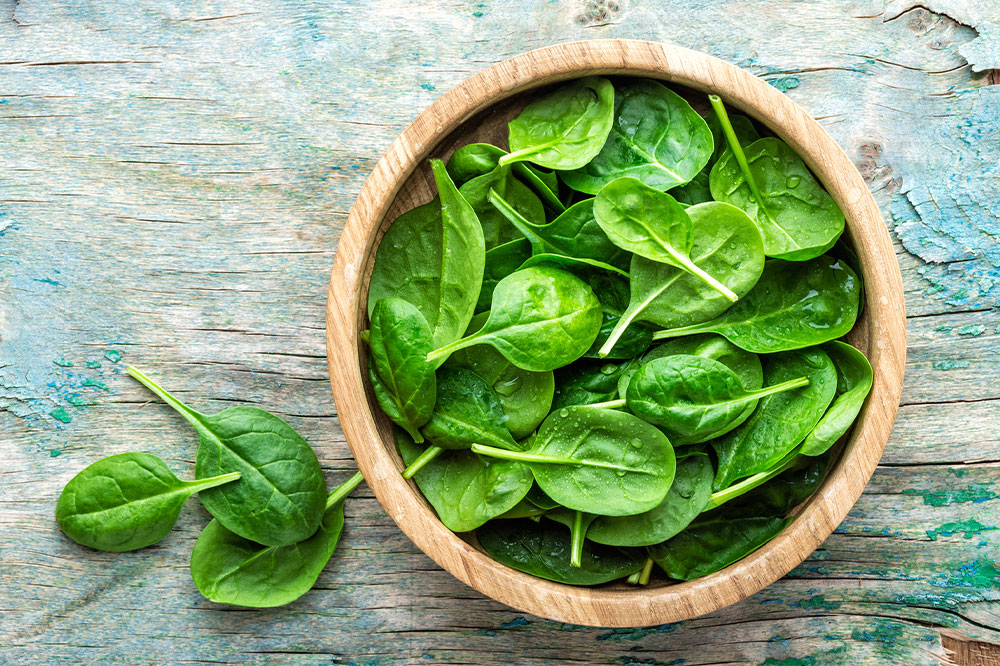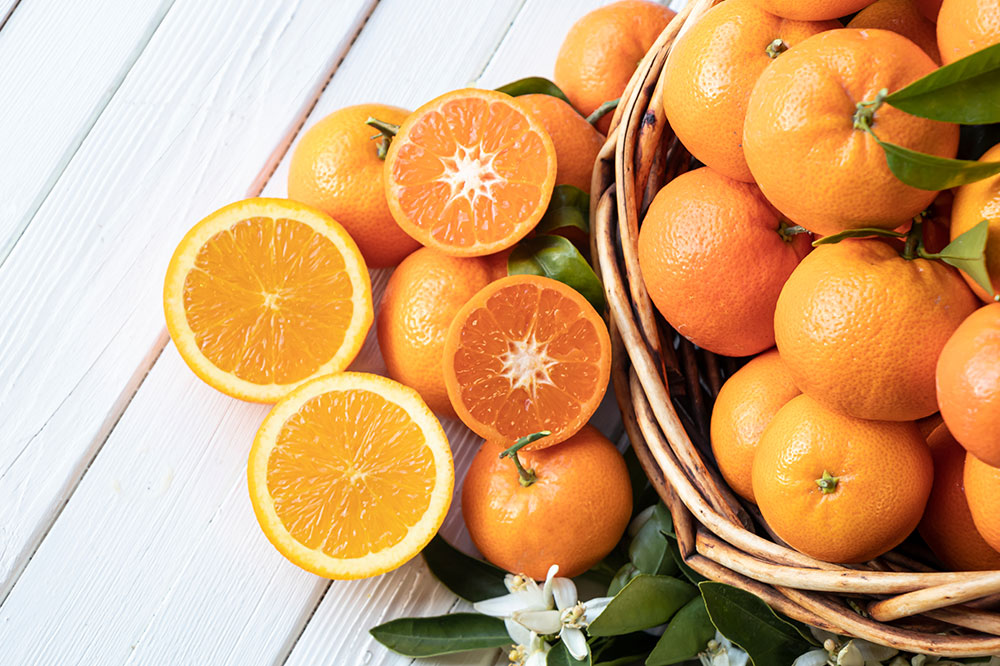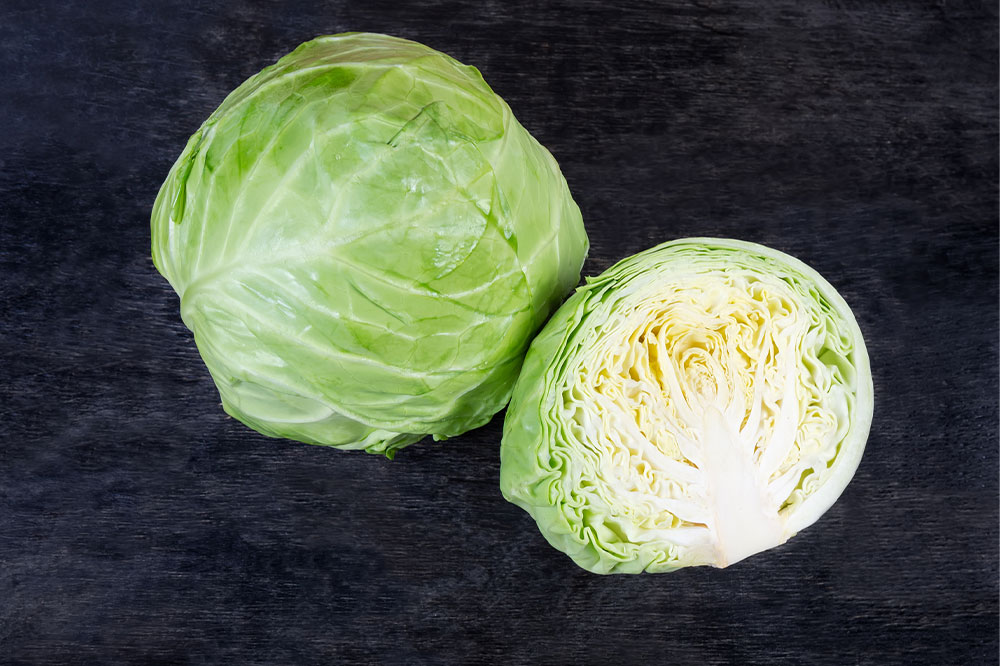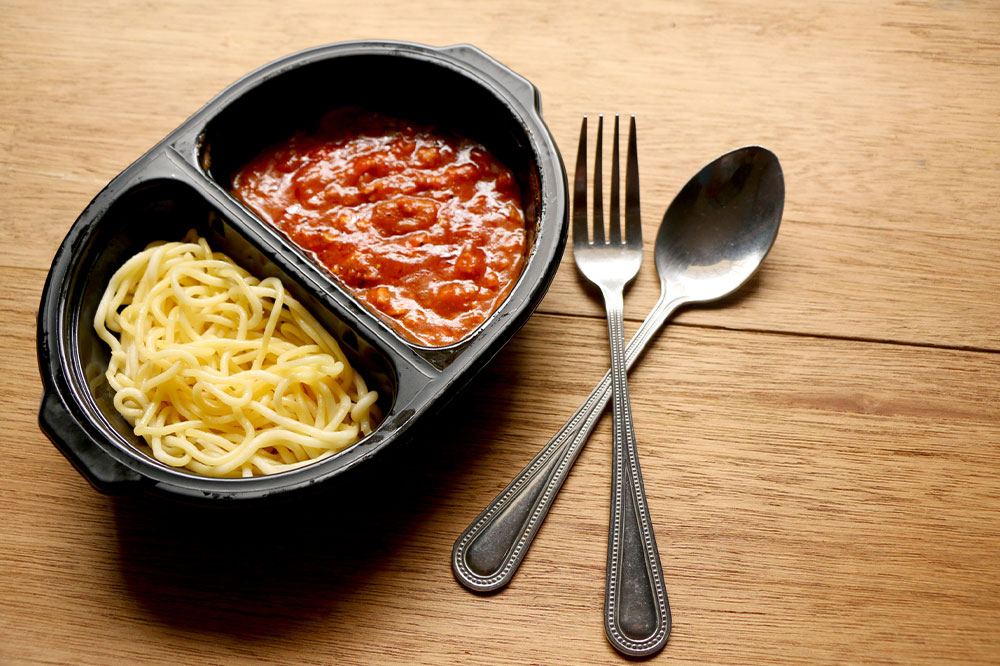4 tips to deal with migraine attacks

Migraines are severe headaches that are often accompanied by extreme sensitivity to sound and light. People who deal with migraine attacks may also experience nausea, fatigue, vision-related issues, and headaches that can last for days. The exact cause is unknown, but triggers include certain smells, bright lights, loud sounds, foods, stress, and hormonal changes. While there is no permanent cure for the condition, migraines can be managed with treatment options, foods, and lifestyle changes.
Treatment options
Popular prescription options for migraines include:
Nurtec® ODT: This is a common treatment option that helps prevent migraine attacks. Its effectiveness is highly dependent on when a dose is ingested. The tablet is quick to dissolve and takes about 60 minutes to relieve the symptoms. Nurtec® is the brand name for Rimegepant, which helps prevent and treat symptoms of attacks when taken every alternate day.
Ubrelvy®: This is a rapid-action oral treatment prescribed for migraines. Ubrelvy® is designed to block migraine-triggering proteins, thereby preventing attacks. Research suggests this treatment option can be effective even after the onset of an attack, helping patients who have been dealing with symptoms for hours.
Excedrin® Migraine: This is an oral treatment option containing two pain-relieving components—acetaminophen and aspirin—which help manage pain and symptoms like fever. The caffeine in Excedrin® works as a muscle relaxant and helps enhance the function of the other two components. The combination of chemicals might also function as a diuretic, making hydration all the more important for people with migraine.
Qulipta®: During an attack, the body’s CGRP levels are significantly raised. Qulipta® is a calcitonin gene-related peptide (CGRP) antagonist, i.e., it blocks CGRP, which can cause migraine attacks. This oral treatment is usually prescribed for episodic migraines in adults and is available in 10mg, 30mg, and 60mg doses.
Foods to have
A healthy, nutrient-rich food regimen can relieve symptoms during attacks and prevent migraine attacks. These include:
Fish: Fatty fish like tuna, mackerel, and salmon are rich in omega-3 fatty acids, essential minerals, and vitamin B-complex. Omega-3s relieve pain and decrease inflammation in the body, and research suggests adding fish to meals can decrease the frequency of attacks.
Fresh fruits: Fruits are important sources of minerals, vitamins, antioxidants, and fiber. They are also high in water content, making them a great source of hydration for the body; as dehydration can trigger headaches, fruits such as watermelon and raspberries can help with the symptoms. Magnesium and potassium in bananas and figs can also prevent frequent attacks.
Nuts: People with migraines usually show decreasing magnesium levels. In addition to being a trigger itself, low magnesium levels can also make people more vulnerable to other migraine triggers. Magnesium-rich nuts like almonds can help with the symptoms.
Vegetables: Changes in the body’s hormone levels can be a common trigger, especially for women experiencing menstruation-induced headaches. Cruciferous vegetables like broccoli and brussels sprouts contain phytoestrogen—a plant-based nutrient that helps the body recover from low estrogen levels that cause migraines. In addition, the minerals and fiber in vegetables help prevent attacks triggered by other sources and keep the gut healthy.
Drinks: Dehydration can cause mild to moderate attacks, so one should have drinks like infused water, herbal tea, or soups to help keep the body hydrated.
Foods to avoid
Certain foods can act as triggers. These include:
Coffee: Caffeine exhibits vasoconstrictive properties (can narrow blood vessels to restrict blood flow). This, along with caffeine dependence, can be a serious trigger for people with migraines, alleviating the risk of developing pain.
Chocolate: The American Migraine Association lists chocolate among the top migraine-triggering foods as it contains caffeine and beta-phenylethylamine that are linked to increased attacks.
Cured meat: Processed meat like ham and sausages contain nitrates that help enhance the meat’s flavor and color. These nitrates are converted into nitric oxide inside the body, which can cause blood vessels to swell, causing headaches.
Fermented foods: Most fermented foods contain tyramine, a naturally occurring compound that can trigger attacks. This includes common foods like blue cheese, feta, kombucha, kimchi, pickles, and parmesan which should be avoided to prevent migraines.
Soda: These drinks, especially diet sodas, may contain artificial sweeteners like aspartame, which can act as triggers. Although the direct correlation between aspartame and migraines is not yet known, the artificial sweetener’s ability to disrupt insulin levels and cause digestive distress could be a contributing factor.
Lifestyle changes to manage attacks
A few modifications to one’s daily routine can help with better symptom management. These changes include:
Regular exercise: Physical activity has a crucial role in promoting a healthy mind and body. Apart from relieving muscle stress, regular exercise also helps the mind unwind and acts as a mood enhancer. Further, exercise helps regulate sleep and eating patterns, which can play a role in managing migraines.
Stress management: Stress is one of the most common migraine triggers; it can lead to the contraction and dilation of muscles that in turn contribute to migraine attacks. Practicing meditation, yoga, breathing techniques, and mindfulness, or participating in relaxing activities like art and music therapy can help one manage stress.
Avoid loud noises and bright lights: As prolonged exposure to bright lights and loud sounds can easily trigger migraine attacks, it is advisable to avoid such situations. Preventive measures can even include decreasing the brightness level of phone and computer screens. Huge crowds and loud concerts should also be avoided when one is sensitive to these conditions.







